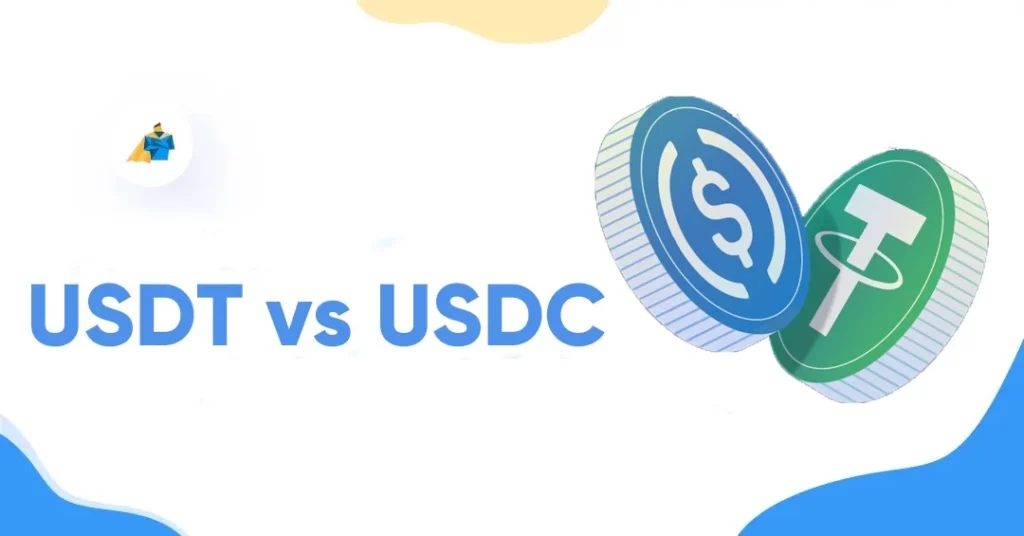Introduction to USDT and USDC
USDT (Tether) and USDC (USD Coin) are two of the most popular stablecoins in the cryptocurrency market. Stablecoins are digital assets that are pegged to a stable asset, such as the US dollar, to provide price stability and reduce volatility. In this article, we’ll compare USDT and USDC by examining their stability, transaction speed, use cases, and controversies to help you make an informed decision.
Background and History of USDT and USDC
USDT was launched in 2014 by Tether Limited, a company that claims to back each USDT token with one US dollar. USDT is the most widely used stablecoin in the market, with a market capitalization of over $60 billion.
USDC was launched in 2018 by Circle, a financial technology company, and Coinbase, a cryptocurrency exchange. USDC is backed by a reserve of US dollars held in an audited bank account, with a market capitalization of over $25 billion.
Comparison of USDT and USDC
Stability and Backing
USDT and USDC are both backed by US dollars, providing a level of stability and price predictability. However, USDT has faced controversy over its lack of transparency and auditability, leading to concerns about whether each USDT token is actually backed by one US dollar.
USDC, on the other hand, is audited regularly by a third-party accounting firm, providing a level of transparency and trust that can be attractive to investors.
Transaction Speed and Cost
USDT and USDC both offer fast transaction speeds and low transaction costs, making them efficient options for transactions. However, USDT has faced criticism over its high transaction fees during periods of high network congestion.
Liquidity and Adoption
USDT has a larger market capitalization and wider adoption than USDC, making it a more established and liquid investment option. However, USDC has seen significant growth in recent years, with a growing number of exchanges and platforms adopting it as a payment option.
Use Cases for USDT and USDC
USDT and USDC offer several use cases, including:
Trading and Investing
Stablecoins like USDT and USDC can provide a level of stability and predictability for traders and investors, making them attractive options for those seeking to hedge against market volatility.
Remittance and Money Transfers
Stablecoins can provide a more efficient and cost-effective option for remittance and money transfers, particularly for cross-border transactions.
Decentralized Finance (DeFi)
Stablecoins are a crucial component of the growing DeFi ecosystem, providing a stable asset for lending, borrowing, and other financial activities.
Criticisms and Controversies Surrounding USDT and USDC
USDT has faced criticism over its lack of transparency and auditability, leading to concerns about whether each USDT token is actually backed by one US dollar. USDC has faced criticism over its centralized nature, with some arguing that it goes against the decentralized ethos of the cryptocurrency market.
Future Outlook for USDT and USDC
USDT and USDC are both well-established stablecoins with growing adoption and use cases. As the cryptocurrency market continues to expand, stablecoins like USDT and USDC are likely to play an increasingly important role in facilitating transactions and providing price stability. However, both stablecoins face challenges and controversies that could impact their future growth and adoption.
May Also Like Reading: How to Write an Attractive Ecommerce Business Plan 2023
Conclusion
In summary, USDT and USDC offer stability, fast transaction speeds, and versatile use cases that can be attractive to investors and users. However, they also face criticisms and controversies that should be carefully considered before making an investment decision. Ultimately, the decision to use USDT or USDC should be based on a thorough analysis of their stability, transaction speed, use cases, and controversies, as well as personal considerations and investment goals.







